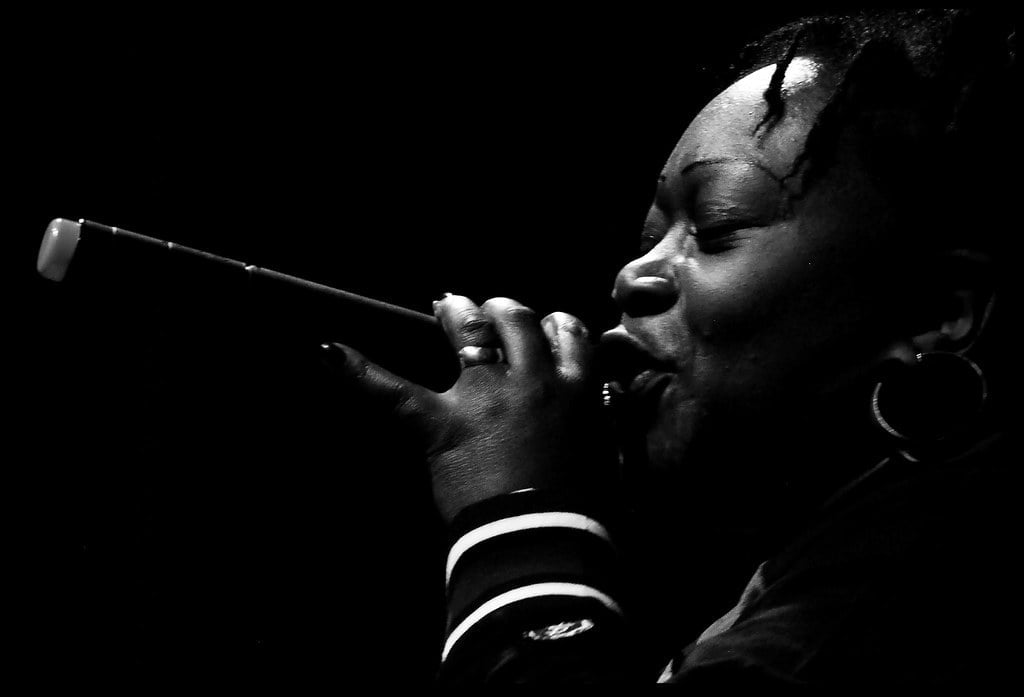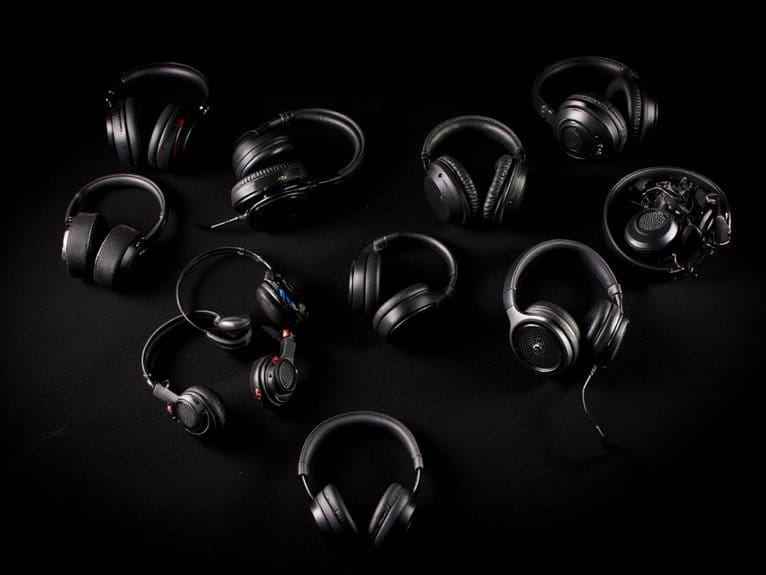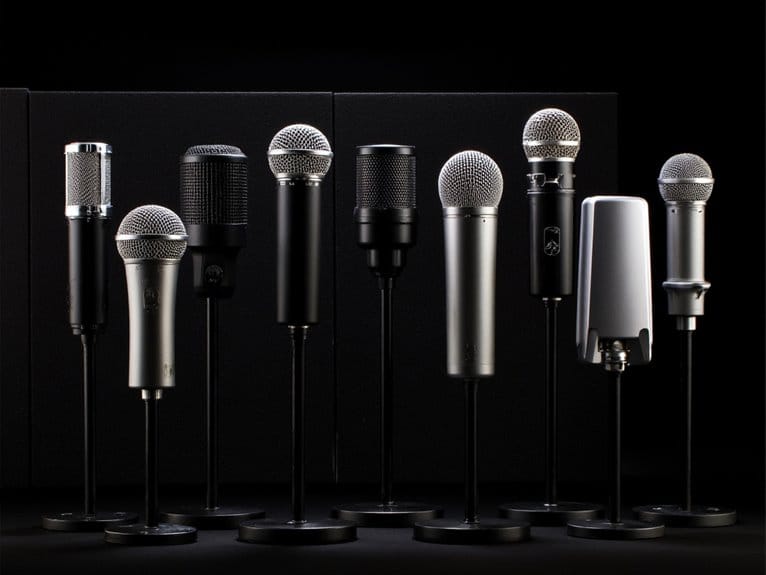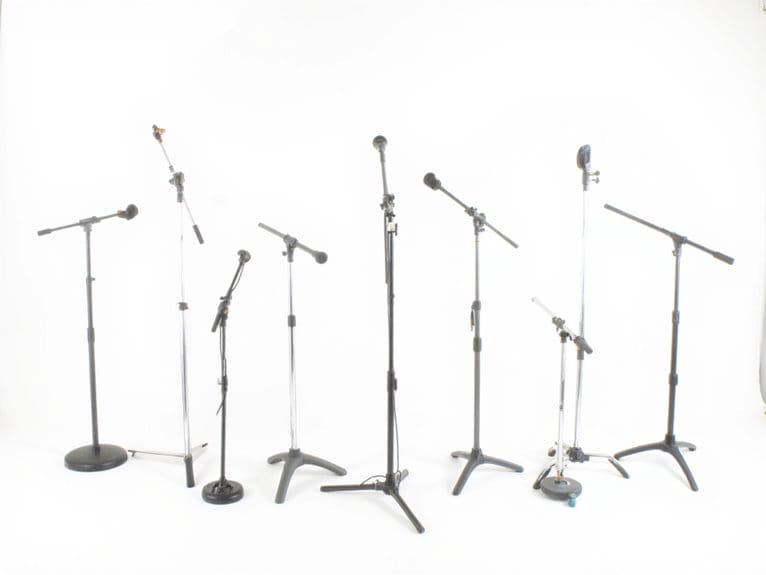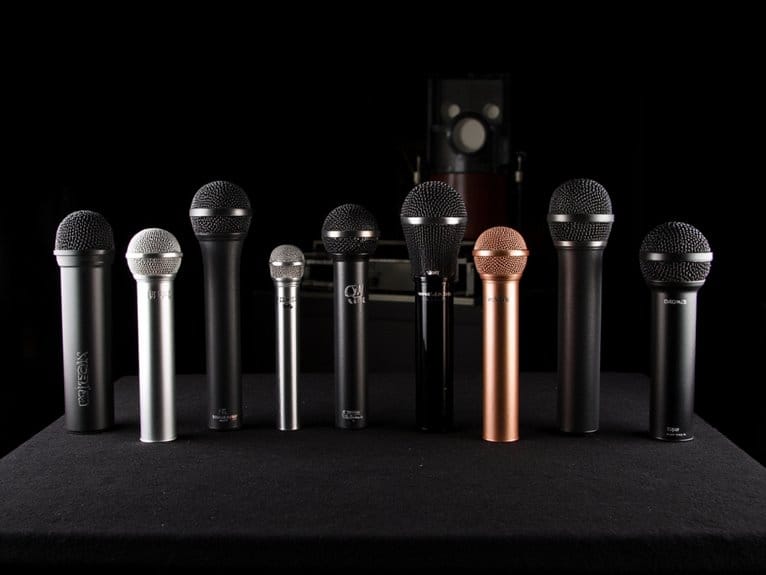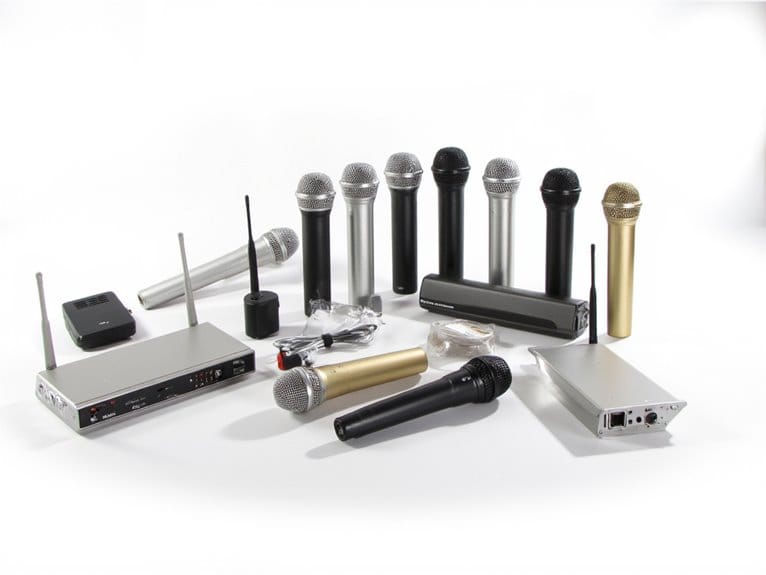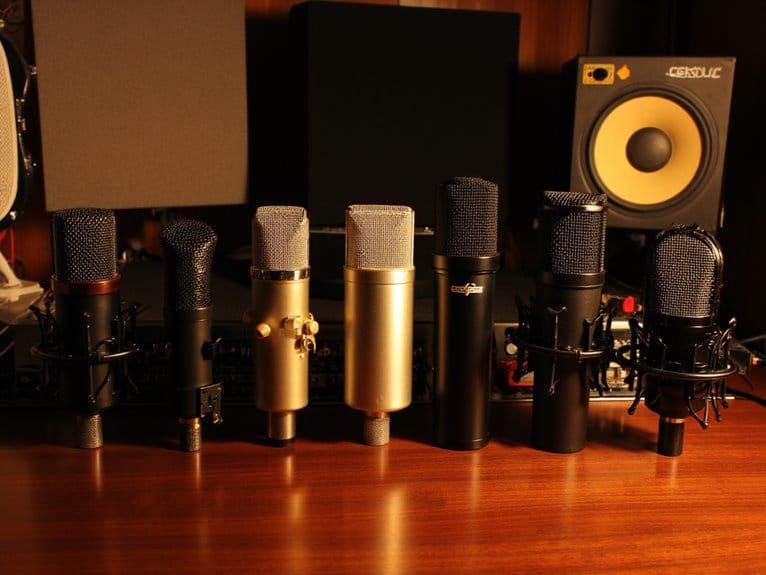Understanding Microphone Sensitivity and SPL Handling
Hey there! Are you all about that top-notch sound quality in your recordings? Well, my friend, buckle up as we dive deep into the world of microphone sensitivity and SPL handling. We'll unravel the technical side of these concepts and explore how they can make or break your recording game. So, get ready to uncover the secrets behind microphone sensitivity and why SPL handling is an absolute must. By the end of this ride, you'll be equipped with the knowledge to pick the perfect microphone, taking your recordings to a whole new level of creativity and awesomeness. Let's get started, shall we?
We are supported by our audience. When you purchase through links on our site, we may earn an affiliate commission, at no extra cost for you. Learn more.
What Is Microphone Sensitivity
To understand microphone sensitivity, you need to consider its ability to detect and convert sound waves into electrical signals. Microphone sensitivity refers to the ability of a microphone to capture even the faintest sounds accurately. It is a crucial specification that determines the microphone's overall performance and suitability for various applications. Sensitivity is usually measured in millivolts per Pascal (mV/Pa) and indicates how efficiently the microphone converts sound pressure into an electrical signal. A higher sensitivity rating means that the microphone can capture quieter sounds with greater precision, making it ideal for recording delicate vocals or capturing subtle nuances in instruments. On the other hand, a lower sensitivity rating may be suitable for high sound pressure level (SPL) environments, such as live concerts or loud events. Understanding microphone sensitivity allows you to choose the right microphone for your specific recording needs.
Factors Affecting Microphone Sensitivity
Factors that can affect microphone sensitivity include the microphone's diaphragm size and material. The diaphragm is the part of the microphone that converts sound waves into electrical signals. A larger diaphragm can capture more sound waves, resulting in higher sensitivity. Additionally, the material of the diaphragm can impact its sensitivity. Different materials have different levels of stiffness and mass, which can affect how the diaphragm responds to sound waves. For example, a diaphragm made of a lighter material may be more sensitive to high-frequency sounds, while a heavier material may be more sensitive to low-frequency sounds. Other factors that can affect microphone sensitivity include the design of the microphone's internal electronics and the presence of any acoustic filters or pads. By understanding these factors, you can choose a microphone that best meets your needs for capturing sound with precision and clarity.
Understanding Sound Pressure Level (SPL)
Understanding Sound Pressure Level (SPL) requires an awareness of how the microphone's sensitivity interacts with the intensity of sound waves it encounters. SPL refers to the measure of the pressure level of sound in the air and is typically measured in decibels (dB). It is crucial to comprehend the relationship between SPL and microphone sensitivity when aiming for optimal audio quality. A microphone's sensitivity is defined as its ability to convert sound pressure variations into an electrical signal. Higher sensitivity microphones can capture lower intensity sounds accurately, while lower sensitivity microphones are better suited for high-intensity sound sources. The SPL handling capability of a microphone indicates its ability to handle high sound pressure levels without distortion. By understanding and considering the SPL characteristics of a microphone, you can make informed decisions when selecting the appropriate microphone for your audio recording needs.
The Importance of SPL Handling in Microphones
You should consider the importance of SPL handling in microphones. When it comes to audio recording and live sound applications, microphones play a crucial role in capturing accurate and high-quality sound. Sound Pressure Level (SPL) refers to the intensity of sound, and microphones need to handle high SPLs without distortion or damage to ensure faithful reproduction of audio signals. Proper SPL handling is essential to prevent signal clipping, which can result in distorted and unpleasant sound. Additionally, microphones with higher SPL handling capabilities provide greater flexibility and versatility in various recording and performance scenarios. By choosing microphones with excellent SPL handling, you can ensure that your audio recordings are clear, accurate, and free from unwanted artifacts. It is crucial to consider SPL handling to achieve optimal audio performance and innovation in your sound production endeavors.
How Microphone Sensitivity and SPL Handling Impact Recording Quality
Proper management of microphone sensitivity and SPL handling significantly influences the overall quality of your recordings. Microphone sensitivity determines how efficiently a microphone converts sound waves into electrical signals. Higher sensitivity allows for capturing softer sounds, but it may also result in increased noise levels. On the other hand, lower sensitivity may require amplification, potentially introducing more noise. SPL handling, or sound pressure level handling, refers to a microphone's ability to handle loud sounds without distortion or damage. Microphones with high SPL handling capabilities can handle loud instruments or vocals without compromising audio quality. Achieving optimal recording quality requires careful consideration of microphone sensitivity and SPL handling to ensure accurate sound reproduction and minimal noise interference. By selecting microphones with suitable sensitivity and SPL handling, you can enhance the clarity and fidelity of your recordings, providing an innovative and immersive audio experience.
Tips for Choosing the Right Microphone for Your Needs
When selecting a microphone that suits your needs, it is important to consider a few key factors. First, determine the type of microphone that best fits your intended use. For example, if you need a microphone for recording vocals, a condenser microphone is a popular choice due to its sensitivity and ability to capture subtle details. Second, consider the microphone's frequency response range. This refers to the range of frequencies that the microphone can accurately reproduce. A wider frequency response range allows for more accurate and detailed recordings. Third, think about the microphone's polar pattern. This determines the directionality of the microphone and affects its ability to reject unwanted background noise. Finally, consider the microphone's durability and build quality to ensure it can withstand the demands of your intended use. By carefully considering these factors, you can choose the right microphone that will meet your specific needs and deliver exceptional audio quality.
Conclusion
In conclusion, understanding microphone sensitivity and SPL handling is crucial for achieving high-quality recordings. Microphone sensitivity determines how well a microphone captures sound, while SPL handling refers to a microphone's ability to handle high sound pressure levels without distortion. By choosing a microphone with the appropriate sensitivity and SPL handling capabilities, you can ensure optimal recording quality for your specific needs. Consider factors such as the intended use, environment, and desired sound characteristics when selecting the right microphone for your audio recording projects.

